”Pet” Peeve – an Airline Finally Starts to Stand up to Phony ESAs

One of my favorite passengers was an English bulldog. He had a ridiculous name (let’s call him Donkey) and every time his owner went to the restroom, she asked us to hang onto him, and it was a joy. He was well-behaved, cute as a button, and had plenty of kisses for everyone. I still have photos on my phone of Donkey.
But Donkey’s flying days (at least as a free cabin-roaming pup) are numbered, and as much as I enjoyed having him on my lap that day, it’s about time.
Delta recently announced its decision to require additional paperwork for emotional support animals (ESAs) and add clarifying language for service animals following a recent incident in which an Atlanta man was attacked by a 50 pound “emotional support dog”. The man was in a window seat next to the dog and therefore could not escape the attack, which left him hospitalized and with multiple lacerations across his face.
The fact that it’s taken us this long to get here is shocking. While many flights feature cute animals whose presence is barely noticeable, there are nearly as many on which the behavior of the animal is not suitable for the environment. We are supposed to write up animals who bark, growl, urinate/defecate and otherwise impede the comfort and safety of other passengers, but when we as flight attendants or other airline employees do, it seems that, depending on the circumstances, these complaints are ignored or downplayed – such as when I’d watched multiple ESAs urinate all over the gate area, just to be told by the airport supervisor that there was nothing we could do (despite there being a written rule that this was behavior sufficient enough to deny boarding). Writing these incidents up flags the owner in the computer system in order to prohibit animals who cannot behave onboard from flying again, and having an uncomfortable conversation like this with the pet owner is seen as bad for business, and airlines have been far too reluctant to act.
For owners of dogs who must travel with an animal, such as moving long distance, I get the quandary. Pets too large to fit in a carrier under the seat would otherwise have to go in the cargo hold, which is a dicey and not always humane choice. Between 2014-2016, US-based airlines saw 66 pet deaths in cargo – mainly due to exposure to extreme temperatures and respiratory issues. My friend recently posted to Facebook a picture of his bulldog, happily sitting in his carrier, ready for their flight from the US to their new home in Finland. The next morning I woke to a heartbreaking post mourning the very same dog, who, when I’d gone to sleep the night before, was as fit as a fiddle.
But the alternative – turning Fido into phony Therapy Fido via a quick online certification or a letter from your doctor friend – is not the fair option either, including for the pet. Frequently I work long-haul flights with a large dog sadly smooshed at the feet of his owner and in between two unrelated seatmates who are less than thrilled to have every last inch of their own legroom infringed upon by someone’s massive dog. While at least this game plan allows the pet’s well-being to be monitored by its owner the whole time, is having no room to move or walk around the cabin really fair to the animal? Shouldn’t the animal supposedly providing comfort to its owner also be entitled to its own comfort? Few passengers seem to take this into consideration.
Of course, that’s not to mention the other passengers. A scenario that plays out time and time again is this: A flight will board completely full with at least one, often multiple emotional support animals, and a passenger will get the attention of the crew to alert them of severe animal-based allergies. If we can’t move the passenger with allergies to another seat, or doing so doesn’t suffice to alleviate the situation, we would then deplane the person with the allergies instead of the phony ESAs. And the next flight on which we re-accommodate them could quite possibly have the same situation waiting!
Animal incidents had been very steadily on the rise even prior to the advent of the ESA. I’ve had to chase down escapee animals time and time again when passengers refused to comply with our rule that animals must remain fully contained in a carrier – one cat even tried to claw its way into the container holding the inflatable slide raft on the door! I’ve also had a small dog, who’d been snuck out of his carrier while I was performing first aid on a passenger I’d sworn had died, suddenly try to attack me as I was rushing more medical equipment over. Many have ruined seat cushions because the owners refused to keep the animal off of an empty seat, which is a requirement set by most if not all airlines. Owners have often – but not always – been indignant and defiant when it comes to following rules set to protect fellow passengers and the animals themselves, and in fact, pet issues have caused more trouble than any other incidents in past years. It’s no doubt still the case, just packaged differently, thanks to phony new ESA designations.
So unless Donkey is a legit healing pup – and I do hope he is, I would love to see him and his owner again – it’s time to say goodbye to the onboard zoo environments we’ve been fostering. It’s long past time we concerned ourselves not so much with the comfort of people who care only about themselves, but the rest of us who want a comfortable, but most importantly safe, flight.
[Photo: Shutterstock]

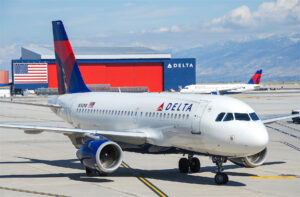
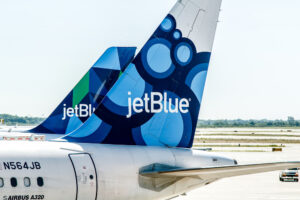
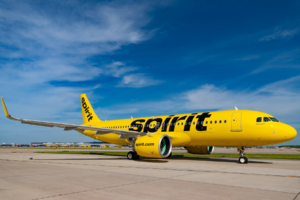















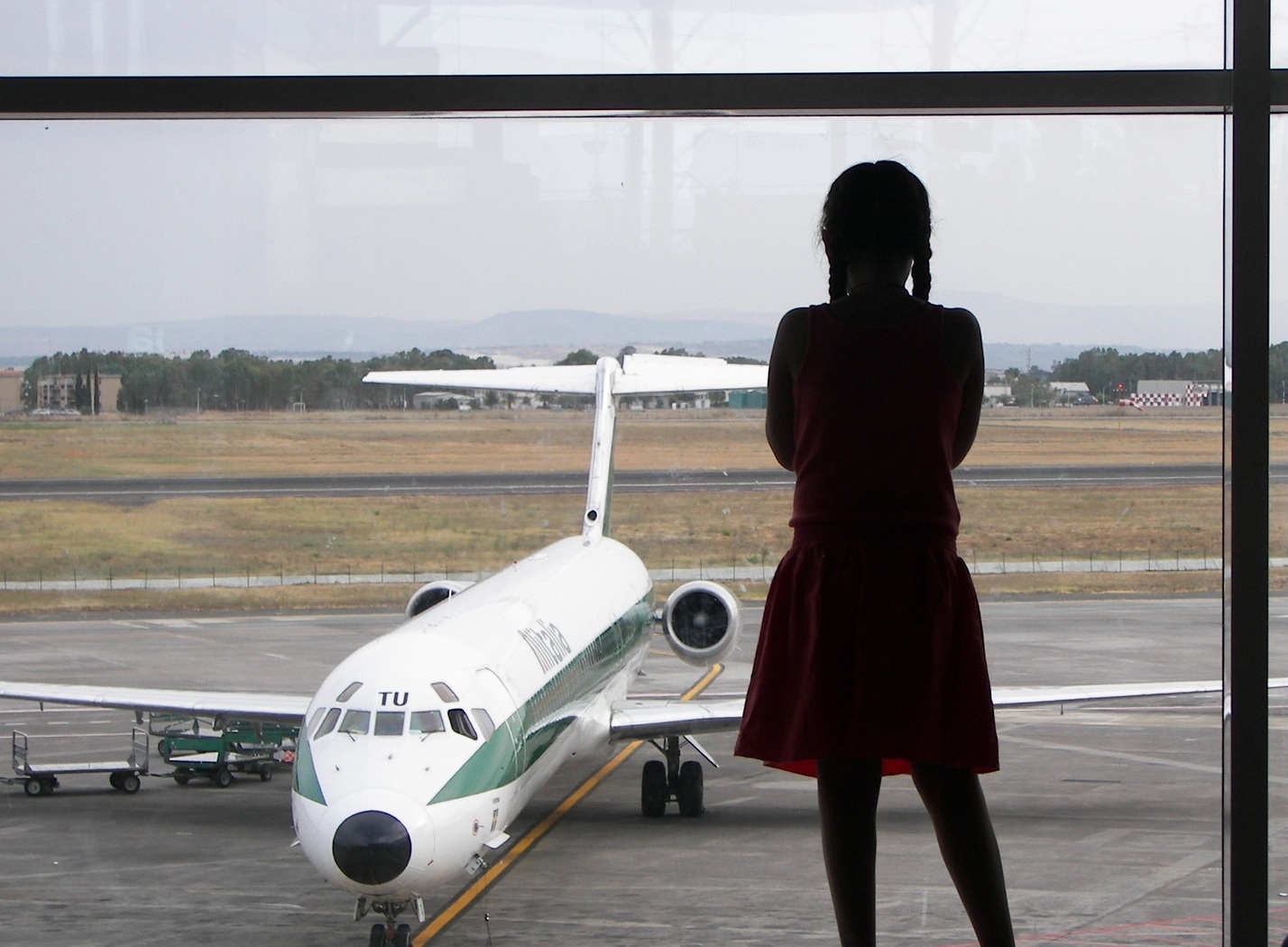
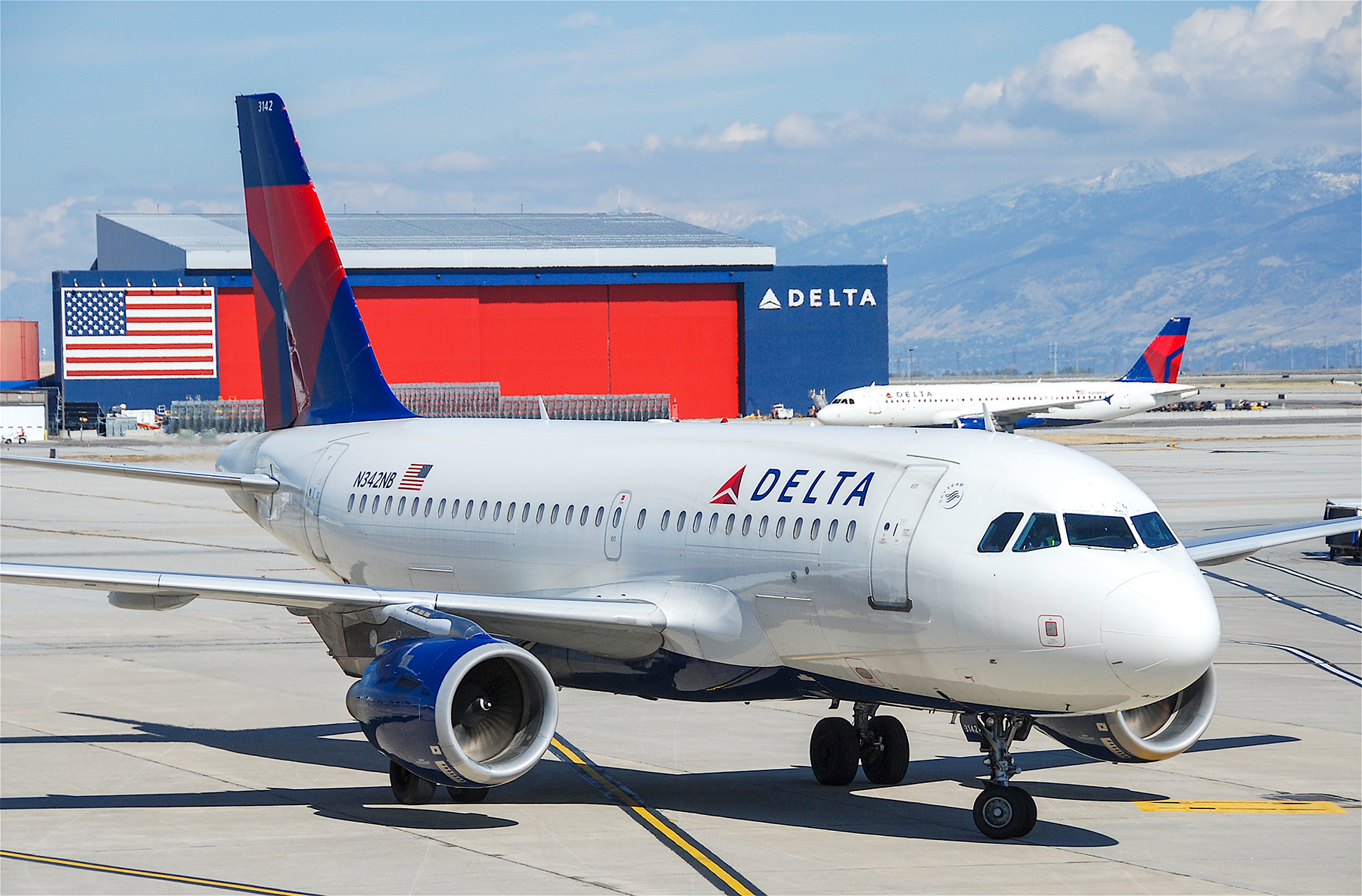


i hope they won't do it anytime soon, i plan to bring my support godzilla or king kong next time i fly
USA. Please continue with ESA. Keep us making laugh. (us = non US countries)
This article fails to leave out the fact that those 66 deaths occurred is an extremely low number, seeing that approx. 2 million pets flew on US carriers over that same time period. All things being equal, that means your pet would have a 0.000033% chance or 1 in 30,303 that they will die in plane cargo. This is not taking into account how vulnerable these pets were before taking the flight. You have a much higher chance of losing your luggage than losing a pet on flight. In fact I'm betting the normal death rate for pets is much higher than the odds they will die in a cargo hold. Leaving some facts out, while trying to paint a false emotional picture is a prime example of how this got out of hand in the first place. IMO for this story to work you need better numbers to back up the argument that these pet owners had no other choice. One anecdotal story on FB doesn't cut it. It's extremely difficult to sympathize with (mostly) selfish pet owners that decided they would make everyone else extremely uncomfortable, just because they felt like it. To be fair the link to get the full statistic of 66/2,000,000 was shared. However it doesn't help as most people are going to read 66 and further fuel their emotion instead of getting the real facts.
I love everything about this article and Delta taking a stand #stoptheesamadness
Think about it... ALL PETS are ESAs! There is NO non-emotional reason to own one. ESAs have NO place in common indoor public areas, especially confined ones such as an airplane. If the plane loses its pressurization and the oxygen masks drop, Fido isn't going to be helping you put on an oxygen mask in the middle of your panic attack. Worse, if you have to evacuate the aircraft, just how are you going to get your animal out of the aircraft safely? These slides were designed for humans, not animals. If you are that mentally unstable, you should be required to have or hire a HUMAN companion to take care of you. When the stuff hits the fan and seconds count, pets are a liability. Lastly, I have no issue with true medical service dogs. They are extremely well-trained, extremely well-behaved, often far better than humans riding on the aircraft, to the point that you'd never know they were there.